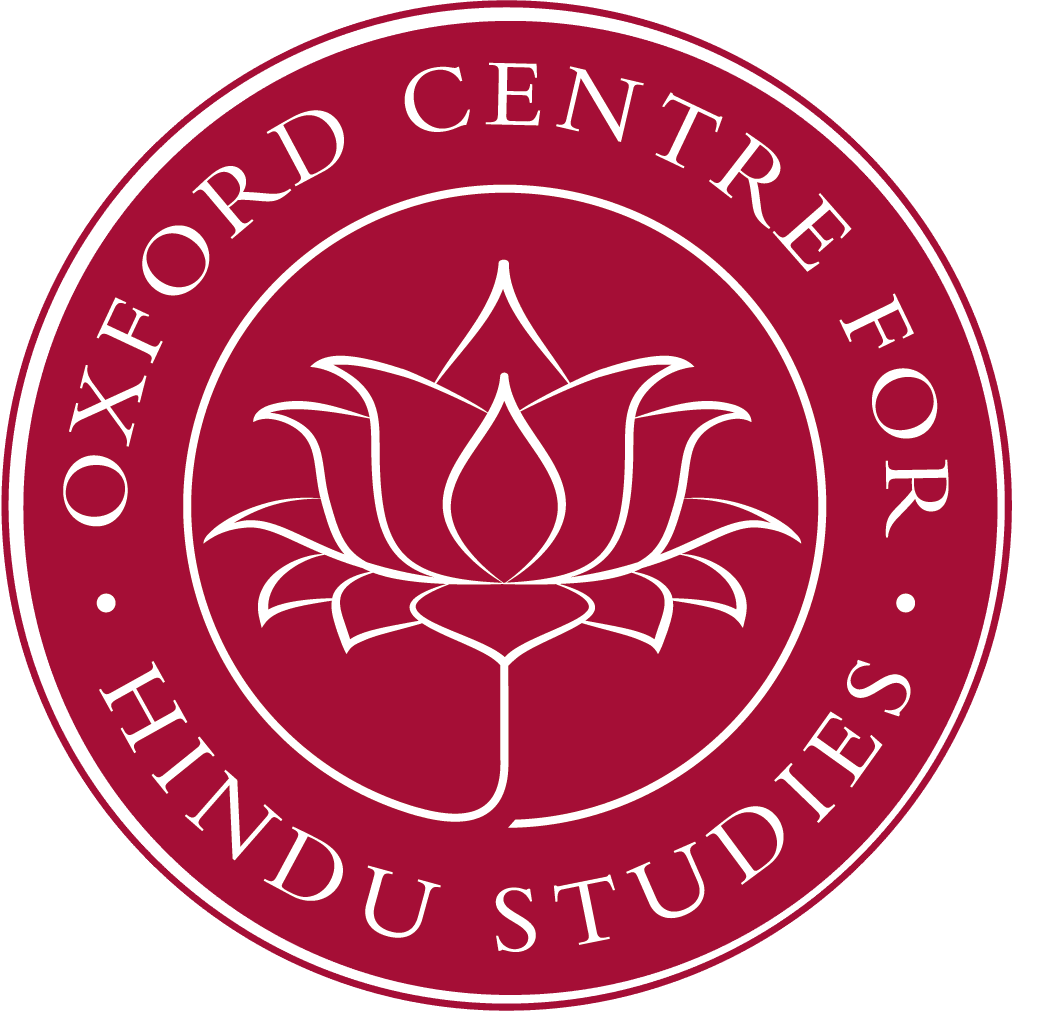Shivdasani Seminar
Shankara opposes the dualistic Yoga as much as the Samkhya in his Brahmasutrabhasya and other works. But one clearly sees that his opposition does not extend to the methodology of Yoga. He generally speaks favourably of yogic practices and even accepts the siddhis of Yoga. Sankara mentions the threefold sravana, manana and nididhyasana as of paramount importance for brahman-realization. While sravana is translated as hearing and studying the relevant sacred texts and manana as reflection on what one has learnt from the texts, nididhyasana is usually translated as samadhi as well as dhyana. Samadhi and dhyana are already well defined terms in yoga philosophy and one struggles to find a proper understanding of the word nididhyasana in Advaita Vedanta. Sankara tries to define nididhyasana but is not able to convincingly point out the distinction between dhyana/samadhi and nididhyasana. It is this difficulty that makes one, like Sadananda, the author of the Vedantasutras, define nididhyasana in a two-fold manner as savikalpaka and nirvikalpaka samadhi, and blur the difference between yogic samadhi and Advaita Vedanta nididhyasana. This paper discusses these various issues.
